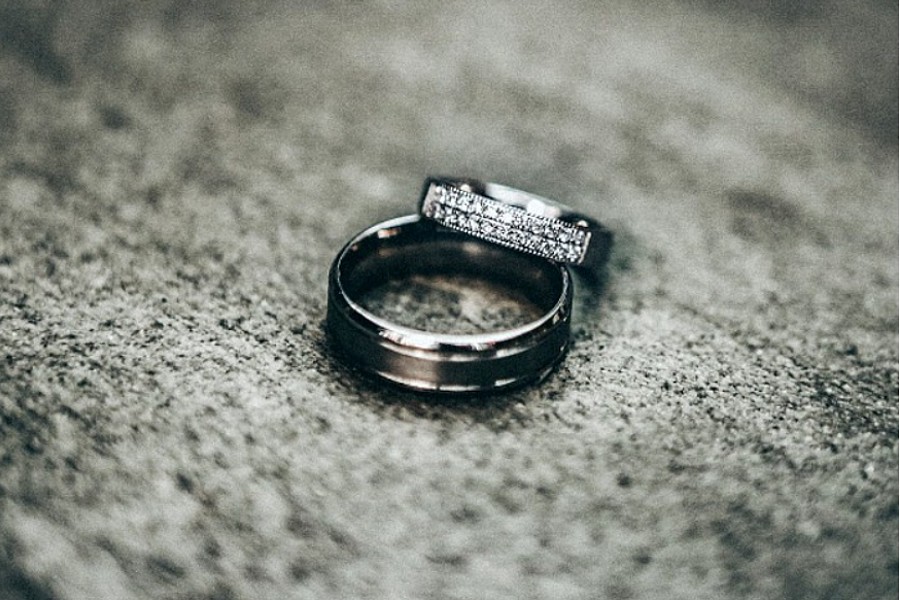 Madame E. Toussaint Welcome, born Jennie Louise Van Der Zee, January 10, 1885 – 1956, was an African-American visual artist associated with the Harlem Renaissances.
Madame E. Toussaint Welcome, born Jennie Louise Van Der Zee, January 10, 1885 – 1956, was an African-American visual artist associated with the Harlem Renaissances.
Early in the 20th century, she moved to New York with her father and brothers; including the famous photographer, James Van Der Zee.
Van Der Zee who referred to herself as The Foremost Female artist of the Race is best recognized as being among the first few African-American Women Filmmaker from the silent film industry. She and her Husband Ernest Toussaint Welcome were also known as the husband-and-wife team of their time. Working closely together, they establish their own art school, photographic studio, and film organization, from those they produced films and paintings that recognized the African-American soldiers of World War l. The Film; a twelve part documentary was titled; Doing the Bit in the.
Van Der Zee stood out during her time because she was the African-American owner of a business in Harlem
Van Der Zee was born in Lenox, Massachusetts to John Van Der Zee and Susan Brister Van Der Zee. Before moving to Lenox, Massachusetts, her parents were maid and butler in New York to president Ulysses S. Grant. Van Der Zee attended Lenox High School and took private lessons in art and music in Pittsfield, Massachusetts. Early in the 20th century, she moved to New York with her father and brothers; including the famous photographer, James Van Der Zee. She married Ernest Toussaint Welcome, an inventor, and entrepreneur, on January 10, 1910, and they moved together in a brownstone in New York City where they established the Toussaint Conservatory of Art and Music, an art school and photographic studio. The first advertisement for the conservatory appeared in the NAACP journal’s first issue, The Crisis. In this issue, Van Der Zee published a full-page advertisement for her art school and photographic studio where she also referred to herself in print as The Foremost Female Artist of the Race. Van Der Zee stood out during her time because she was the African-American owner of a business in Harlem; where there were many white residents that focused on the black community.
Between 1917 and 1918 The Toussaint Pictorial Company published A Pictorial History of the Negro in the Great War, a memorial book that featured her work; Charge of the Colored Division. A Pictorial History of the Negro in the Great War also included pictures from governmental sources and a few uncredited photos (which referenced the 369th U.S. Infantry Regiment, they were to become legendary as “Harlem’s Hellfighters.”).
The couple made films and pictures that recognized African-American contributions to War World I. Under the banner of the Toussaint Motion Picture Exchange, they created a film titled Doing Their Bit in 1916, “a twelve-part series shown in two-reel segments,” that focused on African-American military participation in the war. Van Der Zee also owned the Toussaint Studio. With a continued effort to acknowledge African-American patriotism, Van Der Ze made Charge of the Colored Division: Somewhere in France, under The Toussaint Pictorial Company. The painting shows an African American war hero with his bayonet in the chest of a German soldier. Between 1917 and 1918 The Toussaint Pictorial Company published A Pictorial History of the Negro in the Great War, a memorial book that featured her work; Charge of the Colored Division. A Pictorial History of the Negro in the Great War also included pictures from governmental sources and a few uncredited photos (which referenced the 369th U.S. Infantry Regiment, they were to become legendary as “Harlem’s Hellfighters.”).
Toussaint Pictorial Company published one million patriotic postcards of African-American or “race” soldiers. After the war ended, the War Savings Stamp Committee accepted Van Der Zee’s painting Charge of the Colored Divisions for use as a poster. Van Der Zee and her husband copyrighted the work in August 1918. No physical copies of their work are known to exist. According to the Massachusetts Historical Society, Van Der Zee died in 1956.
Photo credit: James VanDerZee, Evening Attire, 1922, gelatin silver print, 1994.57.3. Via source.
Become a Harlem Insider!
By submitting this form, you are consenting to receive marketing emails from: . You can revoke your consent to receive emails at any time by using the SafeUnsubscribe® link, found at the bottom of every email. Emails are serviced by Constant Contact








